Writing for the Web
Basics
Write for all readers. Some people will read every word you write. Others will just skim. Help everyone read better by grouping related ideas together and using descriptive headers and subheaders.
Focus your message. Create a hierarchy of information. Lead with the main point or the most important content, in sentences, paragraphs, sections, and pages. Place the essential information at the top of the page.
Be concise. Keep your sentences short and clear. Avoid unnecessary modifiers. Cut the fluff.
Be specific. Avoid vague language.
Be consistent. Stick to the style points outlined in this guide.
Style and ADA Considerations
ADA Requirements (From UAS Branding Guidelines Handbook) - this may not be applicable in all social media postings
- Provide a text equivalent for non-text elements
- Link text describes the destination of the link and is distinguishable
- Images used as links have alt text indicating link target
- Sufficient contrast between the foreground color and background color
- Provide synchronized captions for audio-video content
- Provide descriptive audio for prerecorded audio-video and video-only content
- Make all functionality available from a keyboard
- Table header rows and columns are assigned
Style
For UAlbany Content
Post sizes/Character Limits
- Twitter's character limit is 280. When drafting posts for Twitter, make sure to keep things brief and to the point, while also leaving room for hashtags.
- Each platform has different dimensions for images or created content
- Facebook
- Cover: Desktop - 820 x 312 pixels | Mobile - 640 x360 pixels
- Banner: 1200 x 630 pixels
- Link/Update Image size: 1200 x628 pixels
- For best results, upload JPG files less than 100KB
- Images with text work best as a PNG file
- Event Cover: 1200 x 628 pixels
- Twitter
- Cover: 1500 x 500 pixels (file size must be less than 5MB
- Shared Image: 900 x 450 pixels
- In-stream photo: 440 x 220 pixels
- File size: 10MB (max)
- Recommended file types: JPG, GIF, or PNG
- You can tweet up to a max of 4 images at a time
- Instagram
- Photo: 1080 x 1080 pixels
- Stories: 1080 x 1920 | Aspect ratio: 9:16
Acknowledgments
Special thanks to Outreach & Marketing Librarian Amanda Lowe for sharing her expertise and writing this section.

